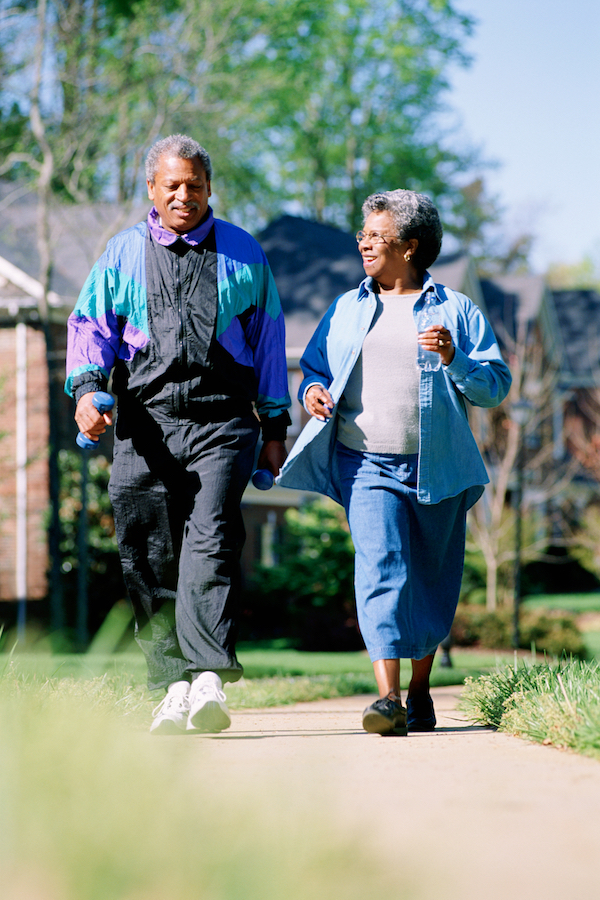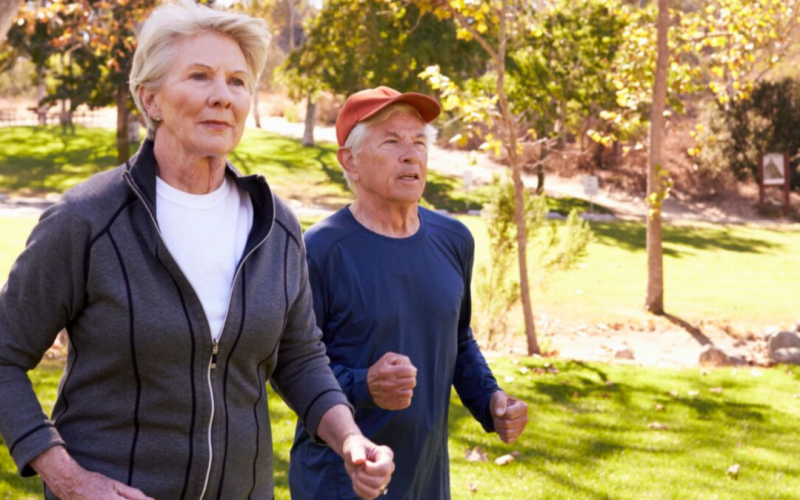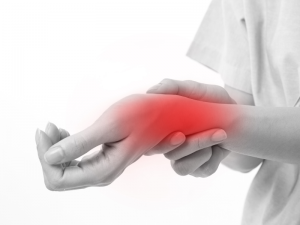I was recounting a story in one of my classes recently about a man complaining about his struggle to find a parking space after a stressful drive to his “lovely health club”, where he jumped on a treadmill and walked for 30 minutes before driving home! Mmm, I know his part of the metropolis is blessed with fabulous open green spaces, where he could have taken his walk-in safety. Surrounded by trees, grass, open water, and the sky, which may have been better for the environment, his stress level and overall health.
Reflecting on this story made me think about my osteopathic training and how the elder somewhat traditional osteopaths prescribed outdoor all-weather walking for all their patients. If you are non-disabled and looking for an uncomplicated way of improving your overall health, brisk walking is worth considering. It offers a cost-free, low-impact activity requiring no special equipment, and new research featured on a Dr Michael Mosley TV programme showed it is better than running for cardiovascular health and weight loss.

For people living with joint problems or managing back pain particularly cases where sitting is an aggravating factor, walking, especially energetic walking can contribute to better blood circulation helping to pump essential nutrients into the soft tissues in the spine, improving joint flexibility vital for a healthy back and ‘juicy’ joints
Brisk walking clarified
Health and fitness professionals calculate 100 steps per minute as moderate-intensity or brisk walking. The pace is 3.0 miles per hour or about 20 minutes per mile. In metric that’s 5 kilometres per hour or 12 minutes per kilometre.
A useful guide that you are walking at a beneficial pace is that while you might be a little breathless, getting a little warmer and notice your heart rate is slightly elevated, you can talk at your normal rate but cannot quite sing.
Benefits of brisk walking 30 minutes 5 – 7 days a week.
- Research shows that people who are physically active throughout their entire life are much less prone to disease compared to those living a more sedentary lifestyle.
- The hippocampus, the part of the brain responsible for verbal memory and learning, will bigger with regular brisk walking.
- Lowering high blood pressure and cholesterol levels and improving blood circulation. Which may prevent coronary heart disease
- Lung function will improve as breathing will become broader and more efficient.
- It can help reduce the joint pain, stiffness, and inflammation associated with arthritis.

- Builds healthy bones that may prevent osteoporosis.
- It’s a zero-calorie mood booster with the same mental benefits as a glass of wine or dark chocolate.
- It offers a potential antidote for the winter blues, also known as Seasonal Affective Disorder (SAD).
- The statistics are impressive for walking lowering blood sugar levels and improving the body’s response to insulin which can reduce the overall risk for diabetes. Research shows that brisk walking is better than running in preventing diabetes.
- Daily walking increases metabolism; while weight remains unchanged, your waist might get smaller, as you build muscle and lose belly fat.

- It offers a low-impact aerobic exercise that can prevent early dementia and reduce the risk of Alzheimer’s disease.
- Boosts endorphins reducing mental stress.
- Prevents overall muscle loss, vital as we get older.
- Walking may help to relieve the eye pressure associated with glaucoma and improved eyesight too.
- Improves digestion, reduces constipation by helping to regulate bowel movements, and could lower the risk of colon cancer
- A brisk 10-minute daily walk can help build stamina
Easy ways to add more walking into your everyday life.
- Use the stairs instead of the lift or escalators
- Walk around while talking on the telephone.
- Taking a walk outside during your lunch break, will also top-up your Vitamin D stores
- Get off of your bus/train stop a station earlier and walk the rest of the way.

Need some help?
- Use one of the many walking activity Apps
- Many councils offer group-walking classes, including Nordic walking in their local parks.
- Offer to walk a neighbours dog, walk with a friend or join a Ramblers group, the social aspect of these commitments may make it easy to take an additional walk regularly.
Summary
Brisk walking is an effective low impact exercise, providing an easy option to improve cardiovascular health. It aids weight loss in overweight people, while enhancing joint mobility, preventing loss of bone mass, reduces anxiety, and improve mood.







